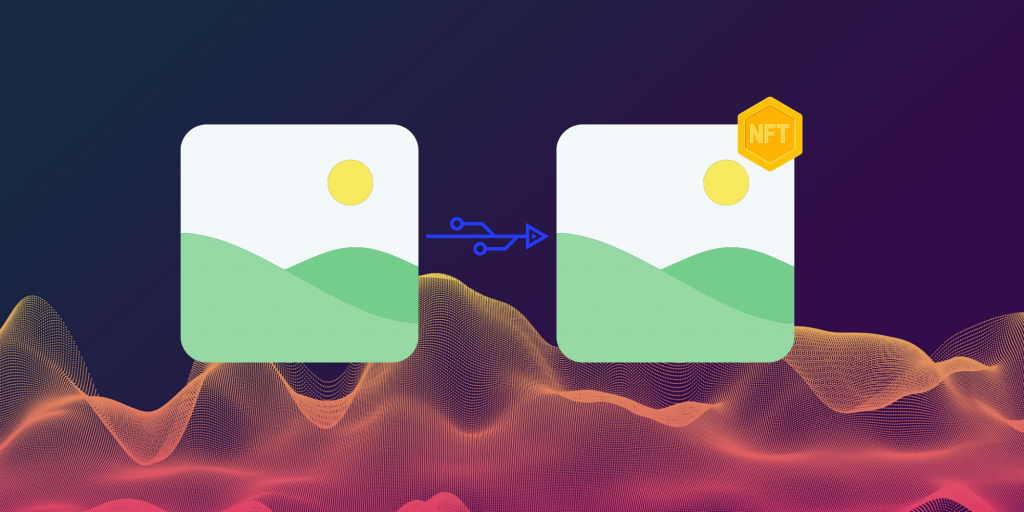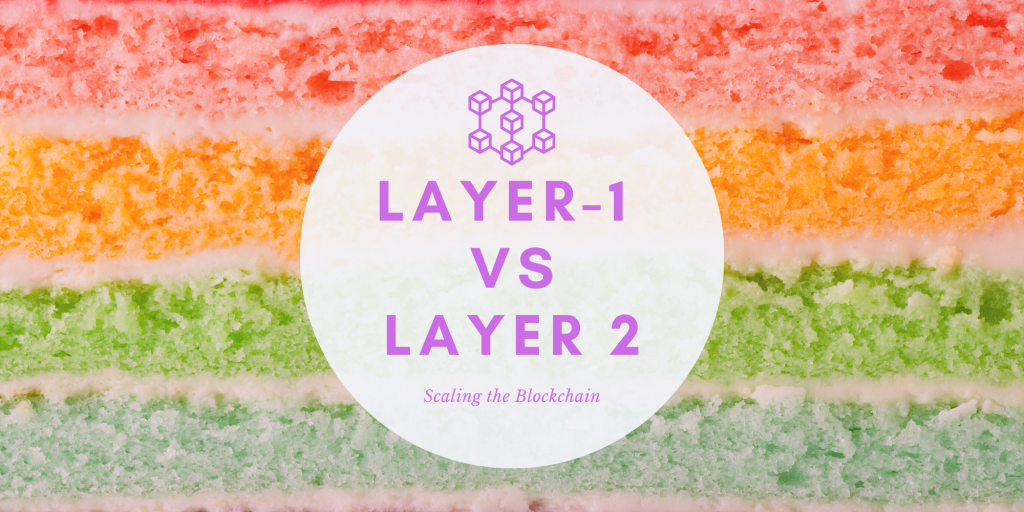What Are NFT Smart Contracts & How Do They Work?
NFTs, wouldn’t exist without smart contracts, and digital agreements written with computer code and deployed on a blockchain. Their main function is to execute one or multiple actions if conditions are met, often following simple “if/when-then†statements, e.g., if X is true, then Y will happen. These programs automate execution, and workflow, and streamline the …
What Are NFT Smart Contracts & How Do They Work? Read More »




